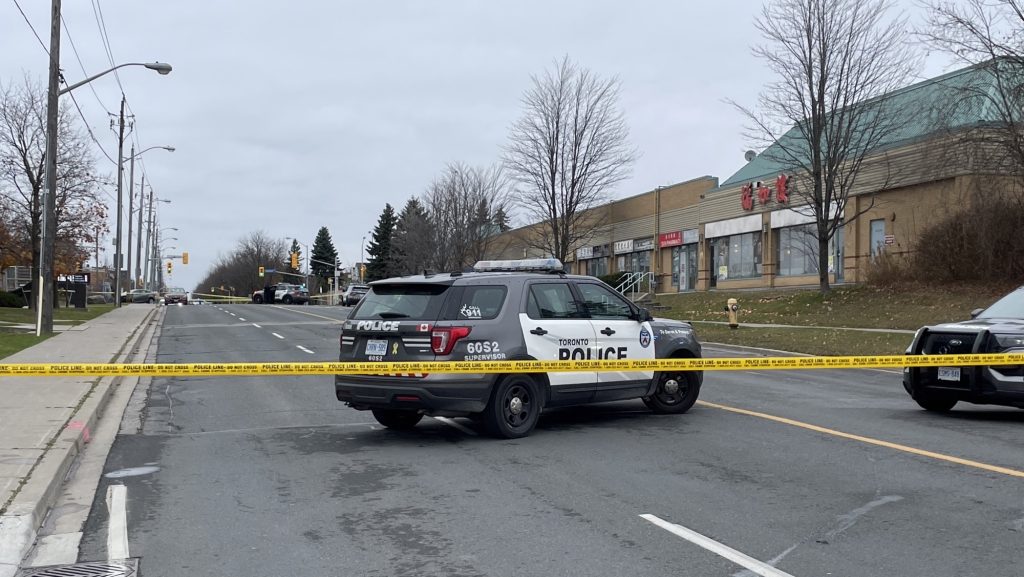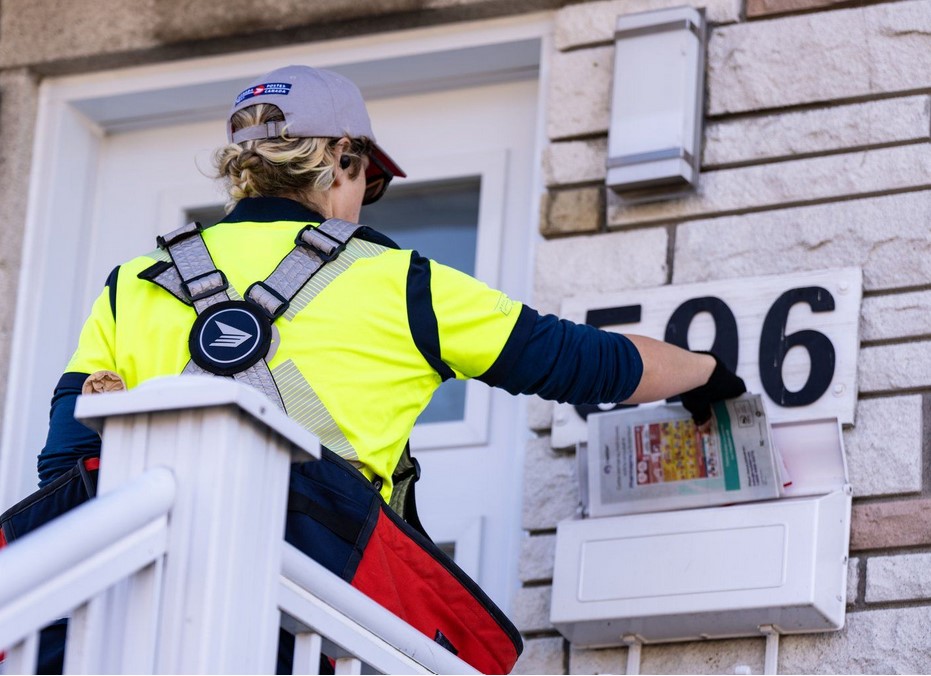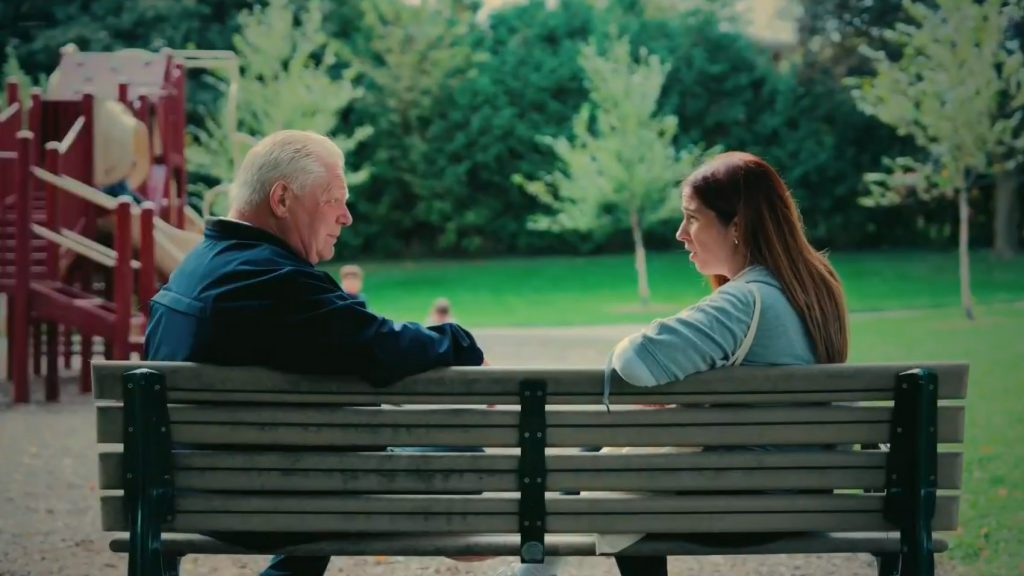Polish president, first lady interred in crypt; many leaders cancel because of ash cloud
Posted April 18, 2010 12:48 pm.
This article is more than 5 years old.
KRAKOW, Poland – An elaborate state funeral for Poland’s President Lech Kaczynski and his wife, Maria, was held Sunday bereft of many world leaders whose travel plans were paralyzed by the plume of volcanic ash that blanketed Europe.
The couple’s bodies were flown from Warsaw to Krakow early Sunday for the tradition-laden ceremony and burial in the nearby Wawel Cathedral, the final resting place for Poland’s kings, poets and statesmen, including Gen. Wladyslaw Sikorski, the exiled World War II leader who died in a mysterious plane crash off Gibraltar in 1943.
President Barack Obama, French President Nicolas Sarkozy and German Chancellor Angela Merkel were among the leaders who cancelled at the last minute because of the expanding volcanic ash cloud, dangerous to airplane engines, that has enveloped Europe and closed nearly all of the continent’s airports since late Thursday.
“All the French people will be, in their thoughts, with the Polish people” on Sunday, Sarkozy said in a letter sent to acting President Bronislaw Komorowski expressing his regret for being unable to attend.
The volcanic ash from Iceland did not deter everyone. The leaders of Baltic and Balkan states came by car for the stately event. Czech President Vaclav Klaus took the train and car to get to Krakow.
Polish police estimated the number of mourners in Krakow at nearly 150,000.
Russian President Dmitry Medvedev flew by plane from Moscow for the funeral. His presence was a further sign of the warming ties between the two countries, which had been strained for centuries, most recently because of communism and the 1940 Katyn massacre.
Krakow Archbishop Stanislaw Dziwisz acknowledged those new ties in remarks to the congregation at the state funeral, noting that the tragedy had given rise “to many layers of good between the people and nations.”
“The sympathy and help we have received from Russian brothers has breathed new life into a hope for closer relations and reconciliation between our two Slavic nations,” Dziwisz said. “I direct these words to the president of Russia.”
Despite the dearth of global dignitaries, no one said the funeral should be postponed.
“I wouldn’t move the funeral,” said Bartek Kargol who was among thousands of people waiting for the event Krakow. “This event is for our president.”
Christian Stoltner, a German student, said Poles need their time to mourn.
“One cannot do anything about the fact that there are ashes around now,” he said. “The date was set and momentum was built and slowly it’s time to find closure.”
The funeral Mass was held at St. Mary’s Basilica, a 13th-century red-brick Gothic church set on a vast market square in Krakow’s Old Town.
Inside, scores of Poland’s political elite were seated in the ancient pews, shoulder to shoulder with leaders from Estonia, Belarus, Armenia, Latvia, Lithuania and Ukraine.
The Mass was led by Dziwisz. The Kaczynskis’ daughter, Marta, granddaughter Ewa and the president’s twin brother, Jaroslaw, sat nearby the two flag-draped coffins as Mozart’s Requiem was played.
“Memory and truth are stronger than the greatest tragedies,” Janusz Sniadek, the chairman of the Solidarity trade union, said. “The solidarity of Poles in these days of mourning is a tribute to you, your wife and all the victims.”
After the Mass, the bodies of the first couple were carried atop a pair of artillery caissons pulled by army Humvees in a funeral procession led by the archbishop, priests and soldiers across the picturesque Renaissance old town and up the Wawel hill. That is the historic seat of kings where a fortress wall encircles a castle and a 1,000-year-old cathedral overlooks Vistula River.
As they made their way down the nearly mile-long (1.6-kilometre-long) route, the crowds waved Polish flags, clapped and chanted: “Lech Kaczynski! We thank you!”
Twenty monks rang the massive Zygmunt Bell inside the Wawel Cathedral, its pealing echoing across Krakow.
The first couple were interred together in a honey-hued sarcophagus made from Turkish alabaster in a crypt under the cathedral’s Silver Bells Tower. Afterward, a battery of six cannon fired individual volleys, smoke pouring from their barrels as mourners watched.
The decision to bury Kaczynski at Wawel sparked protests in recent days, with some people saying that despite the national tragedy he still does not belong in the company of some of the nation’s most august figures. The hue and cry over the decision even spilled over to Facebook where thousands said the decision was not right.
Karolina Rajchel, 19, a student who travelled five hours from Wroclaw, said she had not supported every step that Kaczynski took, but called the protests “out of place” in light of his death.
“Kaczynski had good and bad qualities, but now you shouldn’t say anything bad about the dead,” she said. “I am here to honour the president as well as all those who died.”
Kaczynski, a lawyer, served as an adviser to Solidarity trade union and was jailed during 1981’s martial law by the communist government.
Solidarity leader Janusz Sniadek noted Kaczynski’s unifying effect in death.
“You have reminded us what it means to be a Pole,” Sniadek said, adding that “we have come to testify that there cannot be a better world without solidarity. There is no Warsaw or Krakow or Gdansk today. There is just one united Poland, her thoughts deep in mourning.”
Wawel’s crypt is the final resting place for numerous Polish kings and statesmen. Among those there are Jozef Pilsudski, who led Poland from 1926 until his death in 1935; Romantic-era poet Adam Mickiewicz; and Tadeusz Kosciuszko, a hero of the American Revolution and of Poland’s 1794 uprising against Russia’s occupation.
Sunday’s funeral came eight days after the Polish air force Tupolev 154 crashed on approach to Smolensk, Russia, killing the first couple and 94 others.
After an all-night vigil at St. John’s Cathedral in Warsaw, the bodies of the couple were driven slowly through Warsaw past places linked to Kaczynski’s life, including City Hall, where he served as mayor of Warsaw, and a museum he championed on the Warsaw Uprising of 1944.
They were then flown by military transport to Krakow, below the volcanic ash plume. As their funeral cortege made its way to St. Mary’s, thousands of mourners lined the streets and many tossed bouquets of flowers on the hearses.
Ahead of the Mass, scores of people flocked to a memorial at the base of Wawel hill to pay tribute to those who died, leaving flowers and candles.
Pictures of Kaczynski and his wife, as well as other victims, could be seen amid candles and flowers left by mourners who came to pay their respects.
The April 10 plane crash _ which investigators in Russia and Poland have said was likely because of human error _ plunged the country into a deep grief not seen since the death of Pope John Paul II five years ago.
The plane went down in heavy fog after clipping a birch tree on approach to Smolensk, Russia. Those aboard had planned to attend a memorial for thousands of Polish army officers executed in 1940 by Josef Stalin’s secret police.
Besides the first couple, the crash also claimed the lives of several notable Poles, including Anna Walentynowicz, a leader of the Solidarity freedom movement; Gen. Tadeusz Buk, the commander of Poland’s land forces and a former commander of Polish troops in Iraq; Janusz Kurtyka, the head of the state-run historical institute which investigates communist-era crimes; and Janusz Kochanowski, the civil rights commissioner.








